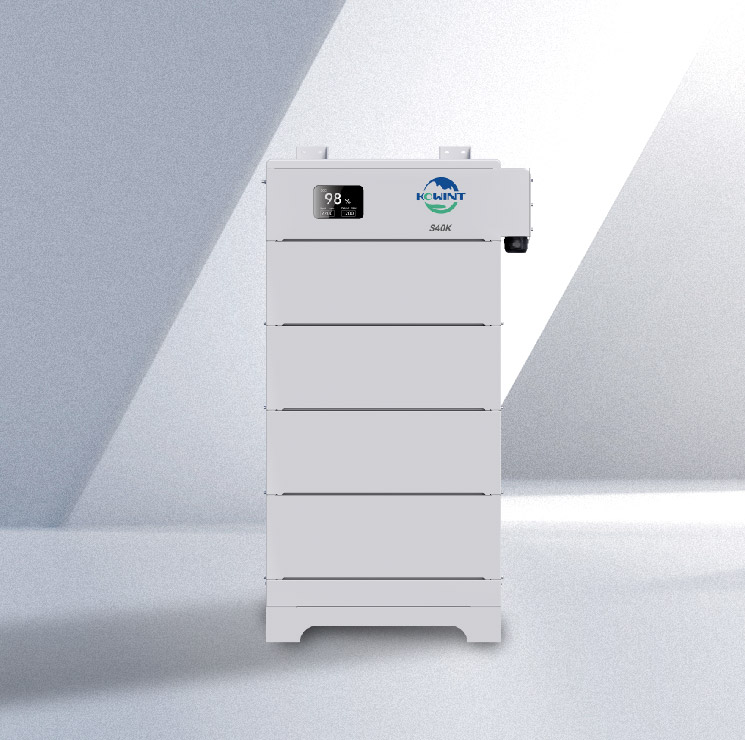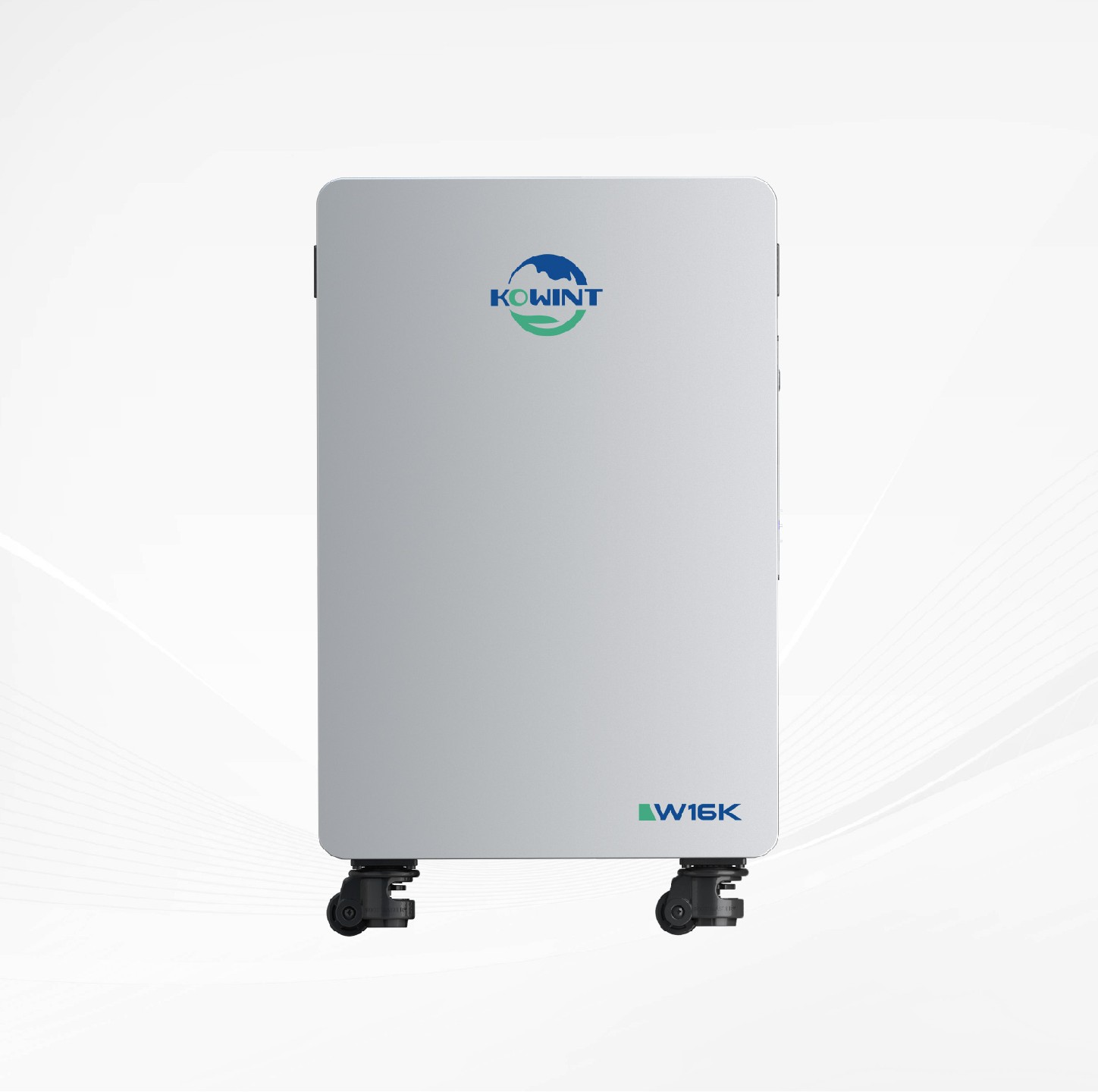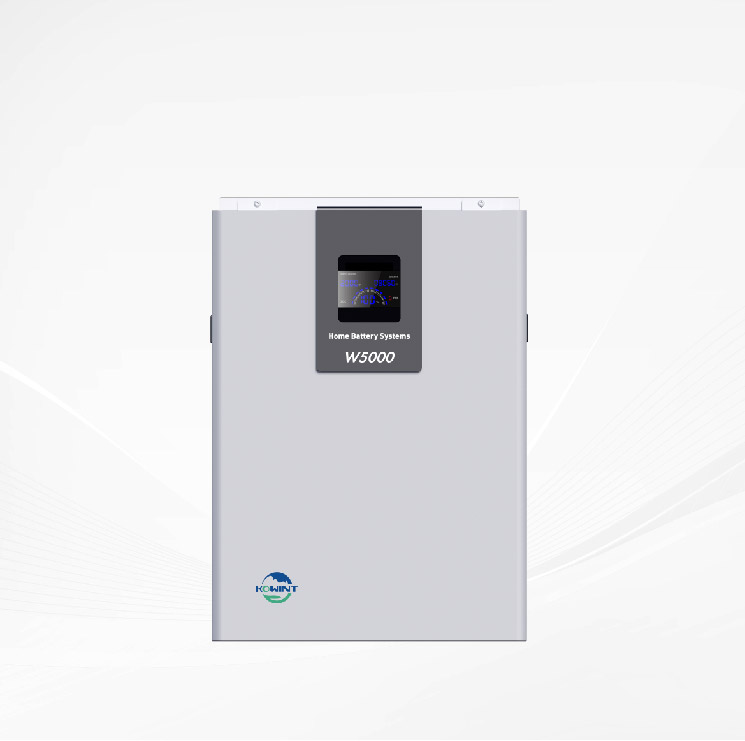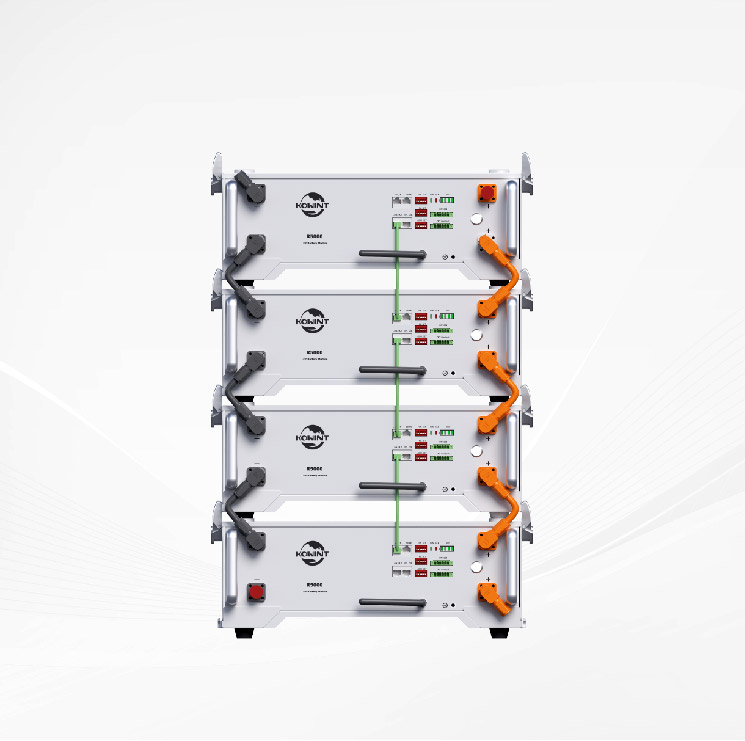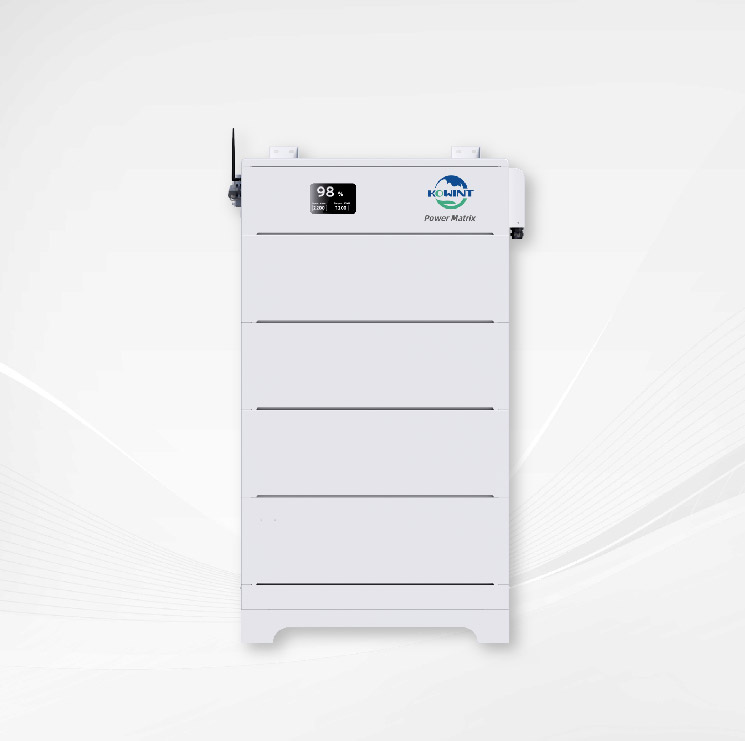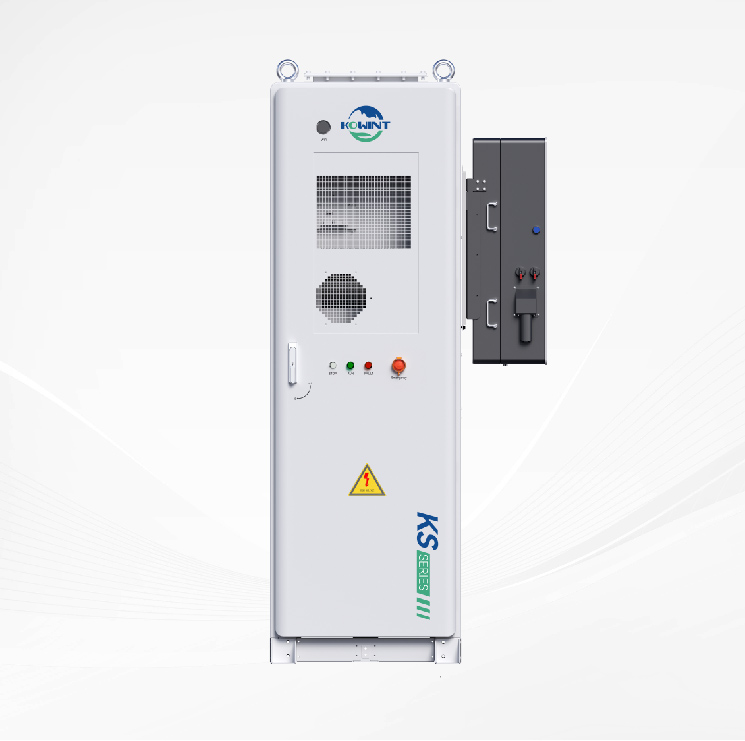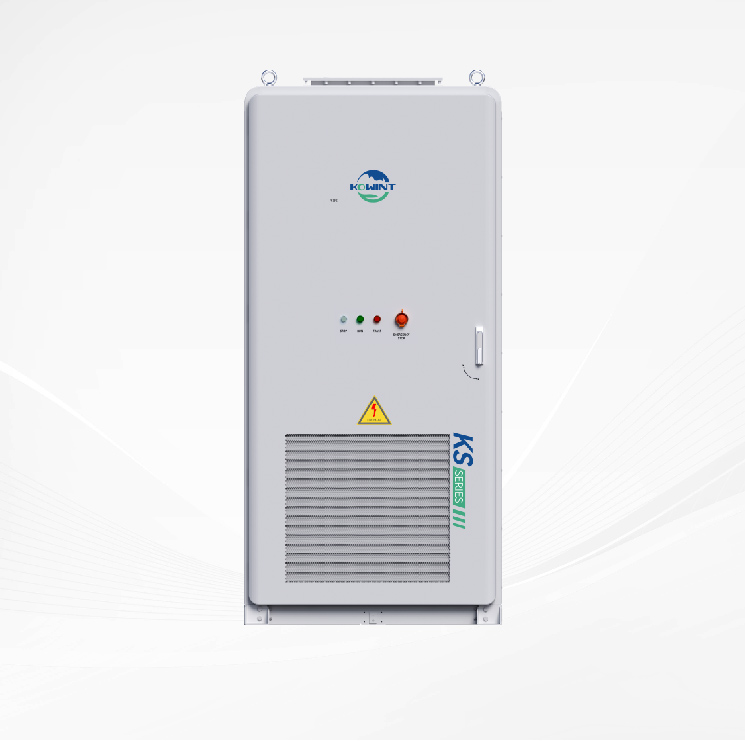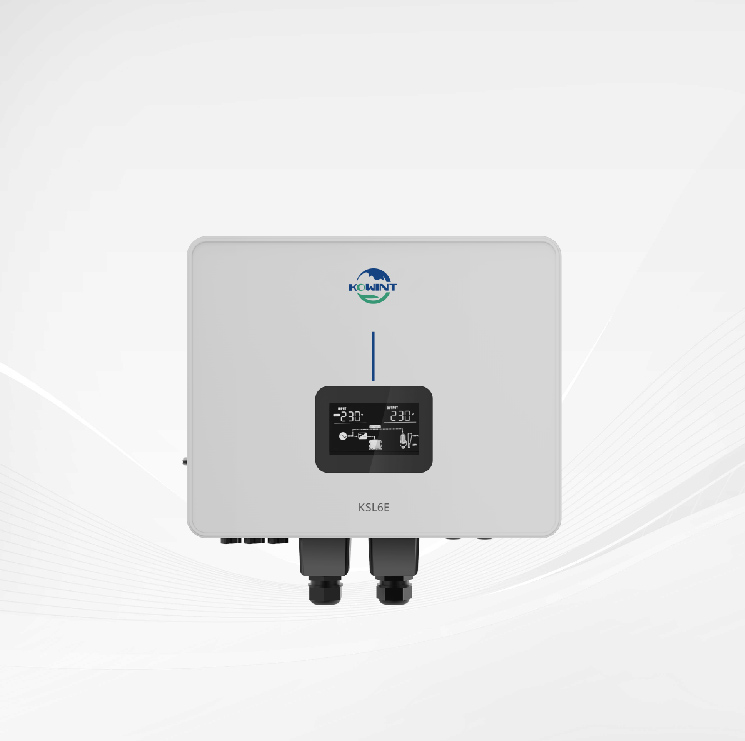Accelerating Sustainability: Commercial EV Charging Station Installation Best Practices
Considering the setup of a public EV charging station. There has never been a finer time than now: The Edison Electric Institute predicts that by 2030, over 18 million EVs will be driving around the United States. Furthermore, an estimated 9.6 million charging connections are needed to accommodate these EVs. Getting ahead of the competition is one of the many benefits of installing EV charging stations for your business now. However, installing EV chargers on-site is a complex operation, so your company may benefit from working with a strategic partner like Kowint.

Why Install a Commercial EV Charger?
More and more consumers are choosing electric vehicles, and your company can benefit by providing a charging station for them.
Installing an electric vehicle charger at your business will get you noticed by the in-the-know and keep your customers coming back for longer.
Having electric vehicle chargers installed at your workplace is a great way to demonstrate your company's commitment to sustainability and innovative efficiency.
In order to entice and keep environmentally concerned tenants, multi-family dwellings might install electric vehicle charging stations.
The installation of an electric vehicle charging station may also be subsidized by federal, state, and local governments.
Commercial EV Charging Station Types and Costs
Level one, level two, and level three EV charging stations are now on the market. The price and charge capacity of each variety varies. However, level-two chargers are the most popular among commercial establishments since they strike a good balance between price and charging time.
This diagram shows the different EV Charger levels, the wattage they require, and the approximate price tag.
A level-one charger, suitable for use in a home on a dedicated 120-volt circuit, may be purchased for roughly $600. A completely charged electric vehicle can be driven within 24 to 40 hours after being charged at home using this charging station.
Level two chargers are the most popular in public EV charging stations; they have two outlets and use 240-volt power. Level-two chargers can fully charge a vehicle in 8-10 hours but cost roughly $7,200.
Strong industrial stations at Level 3 (also known as direct-current (DC) fast chargers) use 480-volt direct current to fully charge a vehicle in about one hour. DC fast chargers are the most costly, at roughly $50,000 due to equipment costs and infrastructural modifications.
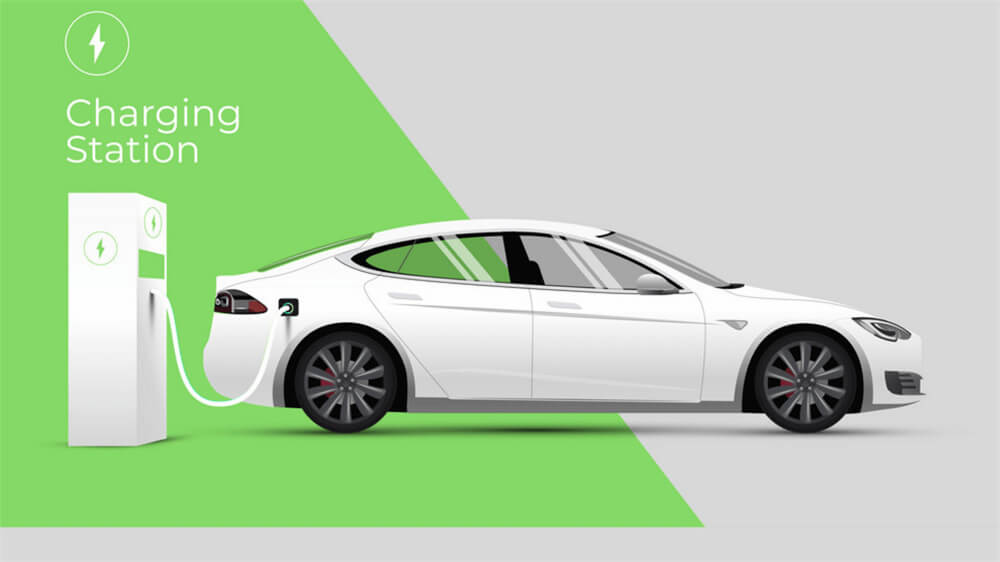
Electric Car Charging Stations Installing Step-by-Step
As an example of Coordination of many contractors, familiarity with utility company standards, and research into possible tax credits and incentives are all necessary for the successful installation of a commercial electric vehicle charging station. That's why saving time and money by teaming up with a trusted partner like Kowint makes sense.
Step One: Site Analysis
The first step in setting up commercial EV charging stations is a dialogue among company executives.
Where on your property will charging facilities for electric cars work best?
Is there adequate lighting and security at the location?
Utility requirements and electrical infrastructure: Is there enough power coming into your home? Is there enough power in the area, or does your utility company need to bring in more?
Step Two: Infrastructure Planning
Prior to any installations, an analysis of the existing infrastructure is conducted. At this point, your EV charger provider will likely collaborate with electricians to create a one-line schematic, a simple graphic depicting the electrical wiring at your location. Account executives may also meet with contractors to discuss landscaping, trenching, and landscaping needs in addition to boring holes, pouring concrete, and laying sod.
Step Three: Utility Assessment
The evaluation of usefulness follows. Kowint facilitates the discovery and acquisition of grants to pay up to 90% of the building costs of EV charging stations for your company. Tax credits at the state and local levels, as well as refunds from utility companies, fall under this category of incentives. Available incentives are not standardized among states or utility providers. Obtaining all of the possible funding requires a knowledgeable partner, such as Kowint.
Step Four: Environment Integration
The optimal electric vehicle charging solution for a specific area depends on a variety of contextual considerations. In a business setting, a level two or three EV charger is necessary. In addition, there needs to be a secure, well-lit, and pleasant place for drivers to charge their vehicles. Together, they form the proposal that lays out Kowint's whole recommendation for your company.
Step Five: Final Preparation and Installation
Your company needs to get the paperwork in order to secure all of the available incentives for an EV charging station. The EPA, state and municipal governments, and even the electricity provider may all require this documentation. Once funding is secured, you can go forward with planning and material procurement. Engineers finish the site's infrastructure, including the installation of conduits, pipelines, and electrical wiring. Contractors have finished all additional construction in and around the charging area, including the installation of light poles and other equipment, the placement of surveillance cameras, and the like. The company that manufactures EV chargers offers classes on how to use the EV Charger software interface. You've completed everything but the utility walkthrough and filings.
Who can install commercial EV charging stations?
Installing commercial EV charging stations is appealing to many businesses since it increases their property value, staff happiness, and customer count as the number of electric vehicles on the road approaches 3% of the total.
Commercially promising opportunities include:
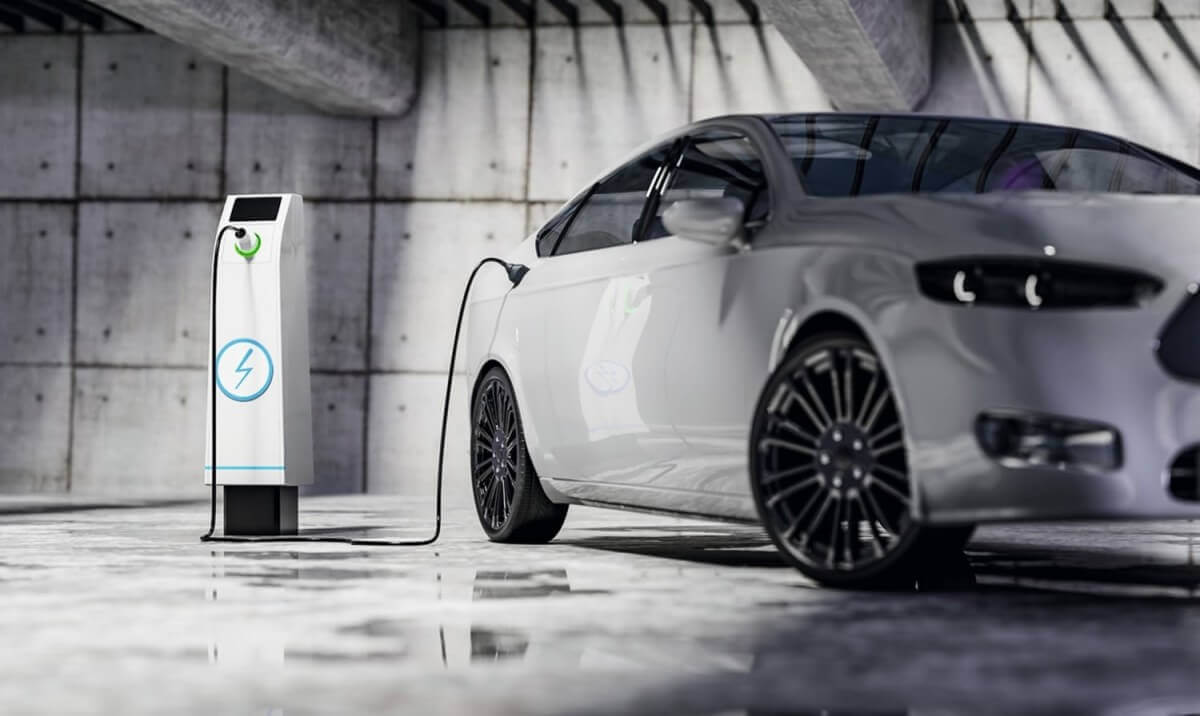
Workplaces
Employees who drive electric vehicles are easier to recruit if you provide a charging station at the office, where they spend more time than at home. In fact, a recent poll conducted by the United States Department of Energy found that 80% of businesses who offer EV charging stations report increased interest from prospective employees. So, EV charging stations for public use help businesses achieve their sustainable goals as well as their financial ones.
Commercial Areas and Shopping Malls
The average American spends their free time shopping and dining. Those that drive electric vehicles (EVs) will want to find a charging spot close to their destination.
Commercial electric vehicle charging stations can be installed in public parking lots, business districts, retail complexes, restaurants, and malls to cater to these customers. While waiting for their electric vehicle to recharge, customers may stay longer (and make more purchases).
Service location
Installing an electric vehicle charging station can help public buildings, hospitals, and institutions earn LEED credits toward their sustainability efforts. These businesses typically have a sizable workforce and, as was previously mentioned, can improve their ability to attract top personnel by adopting a greener business model.
Apartment Complexes
Despite popular belief, not all EV owners are renters. However, they are forced to look elsewhere for housing because they can't meet their charging needs in areas without EV stations.
This disadvantage can be remedied by the installation of electric vehicle charging stations in apartment buildings, condominiums, and other multifamily buildings. This not only raises the value of their homes, but also makes them more attractive to those shopping for places to live who drive electric cars.
The widespread installation of charging stations is being hastened by new rules in several states and municipalities. Cities including Miami, Seattle, and Chicago have passed laws requiring large commercial sites to install electric vehicle charging stations. The rate at which installers in these regions add new clients to their lead lists is expected to increase.

Operating an EV charging station
When it comes to running an EV charging station, owners must still adhere to the rules outlined in their unique permission. The EV charger's condition is the owner's responsibility. A well-kept charging station will have a longer life and ensure the safety of its users.
To guarantee the charging components are always in good shape, owners should plan regular maintenance. In the event that prolonged use damages a component, like the charging wire, a prompt replacement is essential to restore safety.
Features like a retractable charging cord can help lessen the risk of trips and falls in specific settings. The installation and continuing operation of a commercial EV charger must prioritize user safety above all else.
Finding the Right Partner
Self-managing the installation of a commercial electric vehicle charging station is not without its challenges. Kowint provides concierge-level service by guiding you through the entire process. With Kowint, you only have to work with a single firm to get all of your EV charger tasks done.


 Residential Energy Storage System
Residential Energy Storage System Commercial & Industrial BESS
Commercial & Industrial BESS Residential inverter
Residential inverter